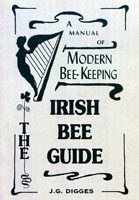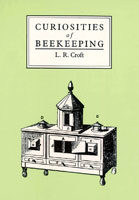
click image to zoom
In this book I tell the story not only of the bringing of honey bees to America, but also how beekeeping changed from a minor accompaniment to the family’s garden, to a significant industry more like dairy farming. The beekeeper went from being a slightly odd character having some secret knowledge and a bit of tolerance for bee stings—to a…
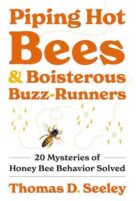
click image to zoom
Piping Hot Bees and Boisterous Buzz-Runners takes readers inside a world seldom seen even by beekeepers, shedding light on twenty of the most compelling mysteries of honey bee behavior. Thomas Seeley has devoted a lifetime to the study of honey bees and their colonies, unraveling the secrets of these wondrous insects in a career spanning six decades. In this book,…
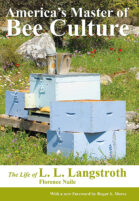
click image to zoom
This fascinating book, first published in 1942 under the title The Life of Langstroth, is a graphic and gracefully written biography of the man who invented the modern beehive now used throughout the world. Telling the story of a great and noble life and presenting a clear picture of the history of beekeeping, it is here reissued with an informative…
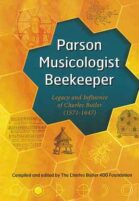
click image to zoom
Compiled and Edited by The Butler 400 Foundation
"Because reading 'The Feminine Monarchie' reveals rather little about the place, the time, and the social life of Charles Butler, it is most fortunate that members of the Basingstoke and District Beekeepers' Association have written and published [this] lovely book ... It provides a splendid view of his world." Tom Seeley. Four hundred years ago, a parson in the small…
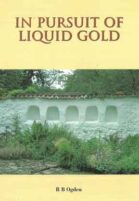
click image to zoom
In Pursuit of Liquid Gold tells tells the fascinating story of the earliest beginnings of beekeeping in South West England with special mention of monastries, weather protection and the beekeepers of the past. It also includes details of surviving bee boles with a very detailed list of them in Devon, Cornwall, Somerset and Dorset. There are 9 colour pictures and,…
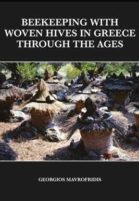
click image to zoom
This book is an original study on beekeeping which, apart of course from the existing modern literature, is based on four pillars: 1. the study of the relevant ancient Roman and Byzantine literature; 2. the study of the works by foreign travelers who visited Greece from the 17th to the 19th centuries to gather information on beekeeping and wicker hives;…
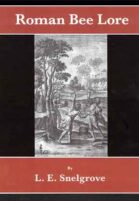
click image to zoom
REVIEW by Michael Freedman FCA, FPFS " Snelgrove was a school master and bee inspector for Somerset, he gained a MSc for research into bee diseases in 1920 and a MA in 1922 for Beekeeping in Roman Times, and was a life member of the BBKA and a past president. As a classicist, it enabled him to read the ancient…
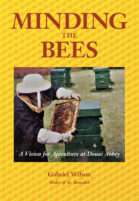
click image to zoom
All beekeepers will be aware of the important work carried out in the last century by Brother Adam and his helpers at the Benedictine monastery of Buckfast Abbey. Less is known, however, of beekeeping since 1933 at Buckfast's sister Benedictine monastery of Douai Abbey where an interest in the craft continues under the present beekeeper and monk, Dom Gabriel Wilson.…
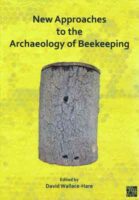
click image to zoom
New Approaches to the Archaeology of Beekeeping aims to take a holistic view of beekeeping archaeology (including honey, wax, and associated products, hive construction, and participants in this trade) in one large interconnected geographic region, the Mediterranean, central Europe, and the Atlantic Façade. Current interest in beekeeping is growing because of the precipitous decline of bees worldwide and the disastrous…
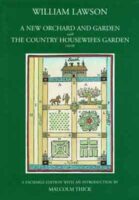
click image to zoom
The first edition of A New Orchard and Garden and The Country Housewifes Garden was published in 1618. This facsimile is taken from the printing of 1656 in Gervase Markham’s A Way to get Wealth, itself first published in 1623. Lawson is a very early listing (Number 20) in The British Bee Bibliography and is important in dealing with skep…
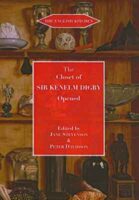
click image to zoom
Peter Davidson
Jane Stevenson
An early book listed in British Bee Bibliography. One of the great works of seventeenth-century culinary literature. Sir Kenelm Digby (1603-1665), was a soldier, sailor, pirate and diplomat; man of letters, bibliophile and collector; alchemist, scientist, philosopher, medical theorist and mathematician; a man of sensibility, a great lover, and a cook. Here was a true Renaissance man, one who John…
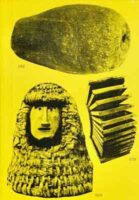
click image to zoom
An artistic project showing how man has housed bees over the centuries. The patenting and success of the modern hive in 1852 largely eliminated diversity in beehive design and its previous techniques have been overlooked. Using an array of archive images, this book uncovers that forgotten history in hive innovation and creates a common ground for future beehive research.
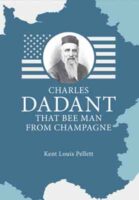
click image to zoom
The intriguing story of the establishment of the greatest bee supply company in America. The Dadant name is familiar to beekeepers throughout the world as one of the principal manufacturers of beekeeping supplies, and the publisher of The American Bee Journal, for more than 150 years. This book tells the story of Charles Dadant, “that Bee Man from Champagne”, who…
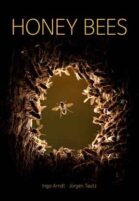
click image to zoom
Bees are a symbol of nature conservation. People all over the world are studying their fate and the threats posed to them by human activity and biodiversity loss. This stunning photographic record captures for the first time the unique way of life of the forest-dwelling honey bee. A lavish, picture-led book, this is a unique collaboration between Germany's leading bee…
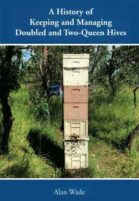
click image to zoom
This book outlines approaches to hive building with more than a single queen. They fall into two distinct categories: single-queen hives sharing common honey storage space and true multiple-queen hives hosting more than one queen. A History of Keeping and Managing Doubled and Two-Queen Hives explains how a honey bee colony with a second laying queen can be established and…
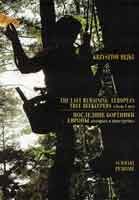
click image to zoom
500+ Wonderful Full Colour Images! Comes with a 20 page English language translation booklet. TO VIEW THE CONTENTS CLICK HERE The book focuses on the ancient tradition of tree beekeeping. Those who cultivate this tradition have the instinct and passion to follow the rhythms of nature, so that they can understand and respect the innate preferences of the bees. Tree…
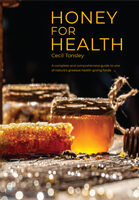
click image to zoom
• Honey–the purest and most natural food in the world. • Honey–a remarkable source of fitness and energy. • Honey–renowned for its healing powers for millions of years. • Honey–a marvellous health food and beauty treatment. Prehistoric man plundered the wild bees for this valuable food. The ancient world revered it as ‘food of the gods’. Honey from the tombs of the Pharaohs has…
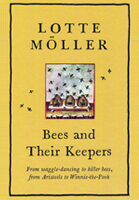
click image to zoom
“I didn't want to put it down. It would make a lovely gift for a gentle read at Christmas.” Margaret Ginman - Bee Farmer, Book Review: October 2020. Beekeeper and garden historian Lotte Moller explores the activities inside and outside the hive while charting the bees' natural order and habits. With a light touch she uses her encyclopaedic knowledge of…
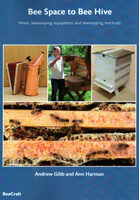
click image to zoom
"This book provides a fascinating insight into how beehives, beekeeping equipment and beekeeping methods have developed over the centuries. Lengthy observation enabled the discovery of the importance of bee space by Revd LL Langstroth, and after this discovery the ingenuity of many beekeepers has solved numerous problems associated with colony management. The evolution of ideas and creations by many well…
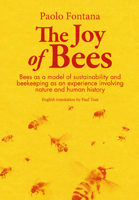
click image to zoom
Paolo Fontana is an Italian naturalist and researcher at the Edmund Mach Foundation in Trento (Italy). President of the World Biodiversity Association, he has also been a beekeeper for more than 30 years. As an entomologist he has taken part in numerous research expeditions, studying the faunas of Mediterranean as well as tropical countries and describing dozens of species new…
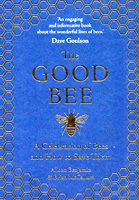
click image to zoom
Alison Benjamin
Benjamin, A
Brian McCallum
Bees are our most loyal ally. These enigmatic creatures are a key lynchpin in the working of our planet. Without them our world would simply not function. We can all help protect them - and they desperately need protecting - but you can't save what you don't love. And you can't love what you don’t know. In The Good Bee,…

click image to zoom
This annotated bibliography of American books on bees and beekeeping is the first of its kind. Interest in bees and beekeeping continues to grow in the world. Approximately 3,750 entries are recorded, through which can be traced not only the growth of bee science and beekeeping methods, but also the history of beekeeping in America. The task of locating and…
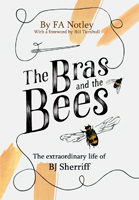
click image to zoom
This is a biography of particular interest to those in the bee-keeping world. It tells the story of Brian Sherriff, a man born in the late 1920s, who inherited his father’s corset factory and went on to run a bra factory in Cornwall, but lost everything in the recession of the 1970s. Using boning, net and fabric intended for bras,…
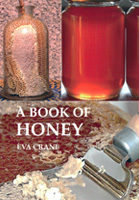
click image to zoom
Upon her death in 2007, the New York Times acknowledged that Eva Crane wrote some of the most important books on bees and apiculture. A Book of Honey is one of her seminal works and must be on the shelves of anyone who is serious about understanding honey. Not only does it describe how and why bees make honey, but…
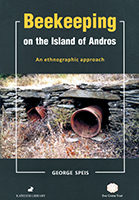
click image to zoom
George Speis takes the reader through beekeeping culture and the heritage that surrounds beekeeping as seen on the Isle of Andros.
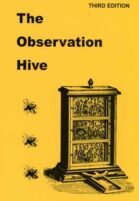
click image to zoom
When first published, this was the only book on the observation hive. Since then there have been others but Karl Showler has written one which will stand the test of time.
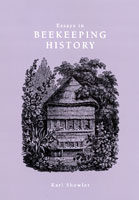
click image to zoom
The foundations of modern movable comb beekeeping were laid by men and women with inquiring minds who saw that the methods then in use could be improved by careful observation of the behaviour of bees. In these essays Karl Showler has looked at the beekeeping methods used in Europe, the United Kingdom and Ireland, Canada and the United States. This…
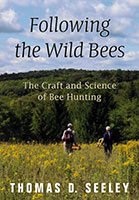
click image to zoom
Following the Wild Bees is a delightful foray into the pastime of bee hunting, an exhilarating outdoor activity that used to be practiced widely but which few people know about today. Thomas Seeley, a world authority on honey bees, vividly describes the history and science behind this lost pastime and how anyone can do it.
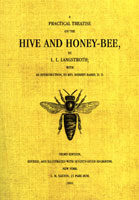
click image to zoom
This modern reprint is the first descriptive treatise of modern bee management. In a reader-friendly, enthusiastic style, Langstroth addresses every aspect of beekeeping: bee physiology; diseases and enemies of bees; the life-cycles of the queen, drone, and worker; bee-hives; the handling of bees; and many other topics. There is also a modern version of this classic title available here.
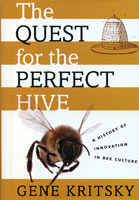
click image to zoom
In The Quest for the Perfect Hive, entomologist Gene Kritsky offers a concise, beautifully illustrated history of beekeeping, tracing the evolution of hive design from ancient Egypt to the present. Kritsky guides us through the progression from early mud-based horizontal hives to the ascent of the simple straw skep (the inverted basket which has been in use for over 1,500…
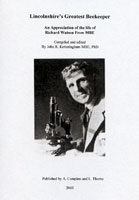
click image to zoom
An appreciation of the life of Richard Watson Frow MBE.
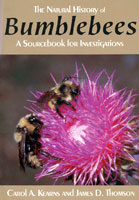
click image to zoom
Carol Ann Kearns
James D. Thomson
This handbook deals with the annual life cycle,foraging behaviour, predators and parasites, bumblebee conservation, raising bumblebees & suggestions for research projects. Written by two American academics this is an important addition to the literature of these insects.
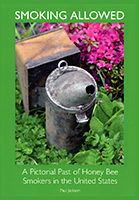
click image to zoom
This is a visual record of the collection of beekeeping smokers gathered by Paul Jackson, an American Extension specialist. It shows the development of smokers from the earliest days to the present.
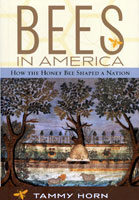
click image to zoom
Bees in America is an enlightened cultural history of bees and beekeeping in the United States. Tammy Horn, herself a beekeeper, offers a varied social and technological history from the colonial period, when the British first introduced bees to the New World, to the present, when bees are being used by the American military to detect bombs. Horn shows how…
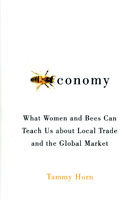
click image to zoom
Queen bee. Worker bees. Busy as a bee. These phrases have shaped perceptions of women for centuries, but how did these stereotypes begin? Who are the women who keep bees and what can we learn from them? This examines the fascinating evolution of the relationship between women and bees around the world. From Africa to Australia to Asia, women have…
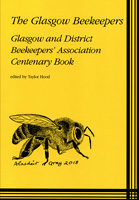
click image to zoom
The centenary publication covering all aspects of the craft.
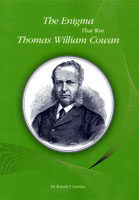
click image to zoom
Thomas William Cowan was head of the beekeeping establishment in Britain for the first fifty years of its existence, and had a substantial influence on the manner in which honey bees are domestically kept today. In this volume Bob Hawker attempts to uncover the real T W Cowan by tracing his life through his education, family life, business interests, travels,…
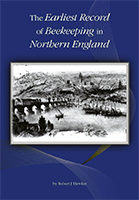
click image to zoom
This is a story of a journey that includes joy, disappointment, experimentation, discovery, destruction, devastation, and satisfaction, played out to a backdrop of religious differences and intolerances, political upheaval, plague, pestilence, civil war and regicide: but mostly it is about 17th century beekeeping. In this volume, for the very first time the author details the methods used by one English…
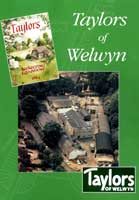
click image to zoom
Thomas Bates Blow was from a working class background and leading a life with little direction until he was befriended by a member of a leading British family: with his patronage and much hard work, Thomas laid the foundation of what was to become the largest business in Europe supplying the requirements of beekeepers. This volume charts the history of…
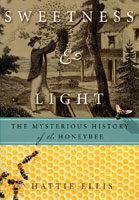
click image to zoom
Sweetness and Light is the fascinating story of bees and honey from the Stone Age to modern times. It is an entertaining and interesting read for all beekeepers.
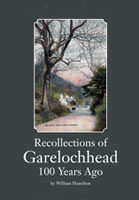
click image to zoom
William Hamilton was the author of the classic Scottish bee book - The Art of Beekeeping. This gripping account of life in Garelochhead a century ago will be of interest particularly to local historians and beekeepers with a delight in Scottish history.
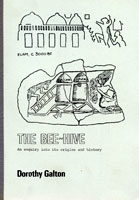
click image to zoom
Much has been written about the myths connected with bees and beekeeping. This book looks at the reality behind the myths and throws light on a way of life in honey-gathering, honey drinking, and wax making practised since the Stone Age.
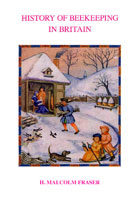
click image to zoom
This was the first book to be published on the history of beekeeping in Britain. Its distinguished author is already well known from his previous publications, and in this book the story begun in his Beekeeping in Antiquity is continued. The available documertary evidence is assembled from each succeeding century, and with its help a series of pictures of beekeeping…
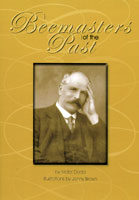
click image to zoom
Victor Dodd highlights some of the men and women who have contributed to the craft over the years. His book makes many of the names of the past come alive as real persons. A reprint of the 1983 edition.
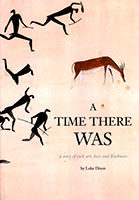
click image to zoom
This is a tale, punctuated with short myth-like stories, which describes a honey-hunting episode in darkest Africa at the dawn of civilisation. The prose is magnificent, the stories delightful, a book to take you far, far away from the despoiled world in which we live today.
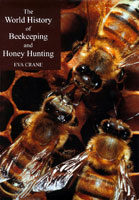
click image to zoom
First published in 1999, this 2011 reprint edition brings this title to many beekeepers who were unable to obtain the earlier edition. The World History is the first book to explore in detail man's use of bees from prehistoric times to the present day. It is a seminal work and will remain so as long as books are read. Eva…
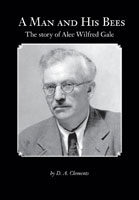
click image to zoom
Alec Wilfred Gale of Marlborough, Wiltshire, was one of three well known British commercial beekeepers of the mid 20th century. The other two were R.O.B. Manley and E.W.D. Madoc. The author of this title, D.A. Clements, worked for Alec Wilfred Gale for several years during the 1950s. A.W. Gale died in 1969 yet his legacy continues. Gale is credited with…
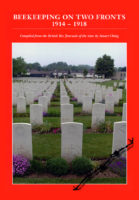
click image to zoom
‘In this year of commemoration of the First World War this book gives us a timely insight into how great events affect people in all walks of life and I commend it to you. It will by turn sadden and amuse you, inform and even irritate you but for us as beekeepers, to read about our craft is to understand…



















































